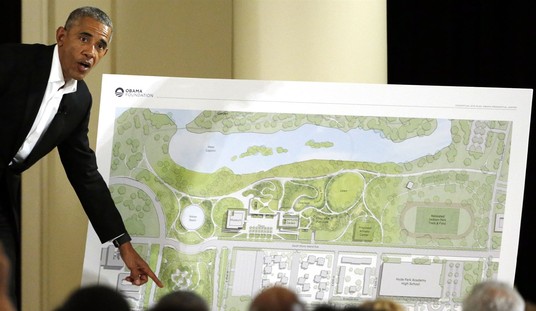The last of the Boeing 747s has taxied off the assembly line. It was once the symbol of American commercial aerospace dominance. Its wide body, large seating capacity, and long distances capability were designed to make air travel accessible to large numbers of people. It even had an upper-level first-class lounge, which the Japanese would later dub The Tea House in the Sky. By 2021, 747s had flown over 5.9 billion people 57 billion nautical miles, or about 140,000 trips to the moon.
The 747 put the “jumbo” in Jumbo Jet, at 225 feet long with a six-story high tail. The pressurized air in the cabin alone weighs a ton. It was probably the last commercial airliner that caught the public imagination for its sheer inventiveness. In all, 1,574 were built, with a versatile design that could be adapted for either passengers or freight.
The aircraft was introduced by Pan Am, which was launched as a puddle-jumping airline in Key West, Fla., by entrepreneur and aviation pioneer Juan Trippe. Working with Col. Charles Lindbergh, Trippe mapped air routes and negotiated landing rights around the globe. The Pan Am Clippers, or flying boats, became iconic seaplanes in the 1920s and 30s. Pan Am became the unofficial flag carrier of the United States. And it was one of Trippe’s last major acts as director to make the $500-million bet on ordering 25 of Boeing’s still untried, untested, and unbuilt 747s in the 1960s.
The project would employ as many as 50,000 people, nicknamed the “Incredibles,” who made the first model in 16 months at a 200-million-cubic-foot assembly plant built for the purpose in Everett, Wash. The jet’s size would be two and half times that of Pan Am’s largest jet, the 707. When it made its debut at the Paris air show in 1969, national carriers in Canada, India, and Japan followed Pan Am’s lead in placing orders for these American-built behemoths.
Related: The EU Just Carved Up New Russia Sanctions so Airbus Can Continue to Skirt Them
The project would introduce a host of untried technologies, including new engine designs with multiple backups, a new hydraulic system, and a novel passenger configuration. With so much new, there was a sometimes rocky period of trial and error going from drawing board to take off. Joe Sutter, one of the chief engineers, said of the first test flight, “There was no doubt in my mind that the 747 would fly; the only question was how well.” A small structural failure in one of the flaps developed, but the bigger issue, whether pilots three stories from the runway could easily and smoothly land and maneuver the jet on the ground, was answered in the affirmative.
And while no more are being made, the 747 continues to stand the test of time, spawning variations including the design of Air Force One. And who can forget its use in transporting the Space Shuttle? Interestingly, Capt. Charles Marqua, the pilot selected to fly the maiden trans-Atlantic voyage of the 747 on January 22, 1970, in retirement became a tireless advocate for the unborn.
And while smaller, more fuel-efficient jets with smaller seats have displaced many of the jumbo jets, the 747 still has some pep in it. In 2020, with the help of a formidable tailwind, a British Airways 747 set the record for the fastest subsonic commercial flight across the Atlantic: New York to London in 4 hours, 56 minutes. An impressive reminder that Americans working together can engineer and build great things, like the 747, that stand the test of time.










Join the conversation as a VIP Member